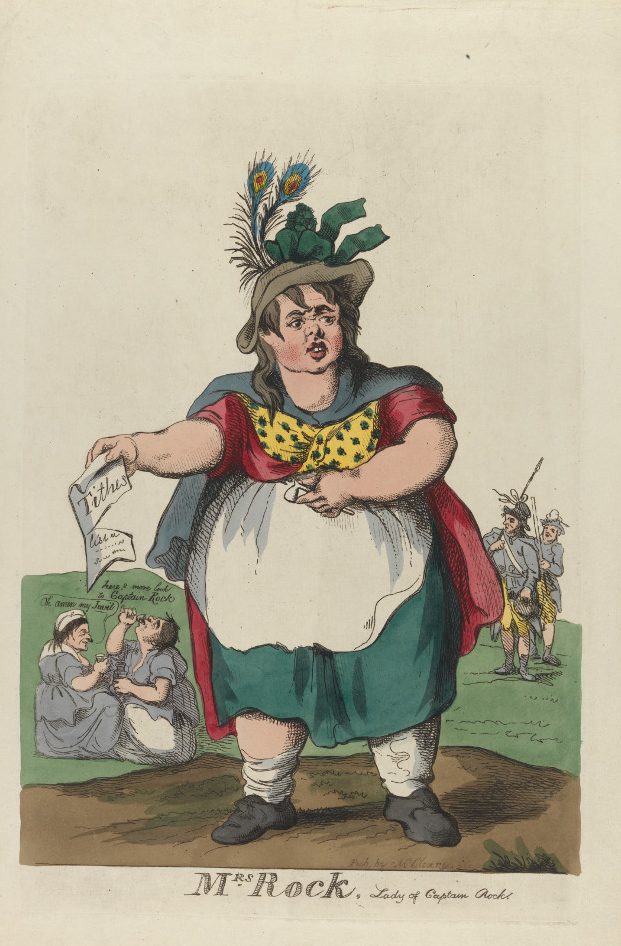The Presentation Order
From 1805 until the mid-1960s the Presentation Order was enclosed. This meant that sisters did not generally venture beyond the convent walls. In the first thirty years of the Order’s existence when the sisters left the convent it was usually to travel to their schools. While the convent records rarely comment on events outside the confines of the convent grounds, the sisters were certainly aware of many developments. Some convent account books show the regular purchase of newspapers and there are indications in account books and annals about aid provided to the pupils and their families during outbreaks of infectious diseases such as typhus and cholera.
Drying Gunpowder
The sisters in South Presentation Convent could not have been unaware of an explosion that took place in November 1786. Two women on Cove Lane who were supporters of tenant rights organisations such as the Whiteboys and Rockites ‘were drying gunpowder in a pot…over the fire. One of them, blowing under the pot, drove a spark of fire into the powder which immediately blew up, unroofed the house and burnt the women.’


French Revolution
The annals for South Presentation Convent recorded ‘the horrors of the revolution’ in France. Indeed, when a French invasion force attempted to land in Bantry Bay, Co. Cork in 1796 Sr Francis Tobin wrote to a friend expressing her relief that a storm had thwarted the invasion ‘composed of five and twenty thousand bloody Tigers thirsting after the utter ruins of ourselves and country’.

